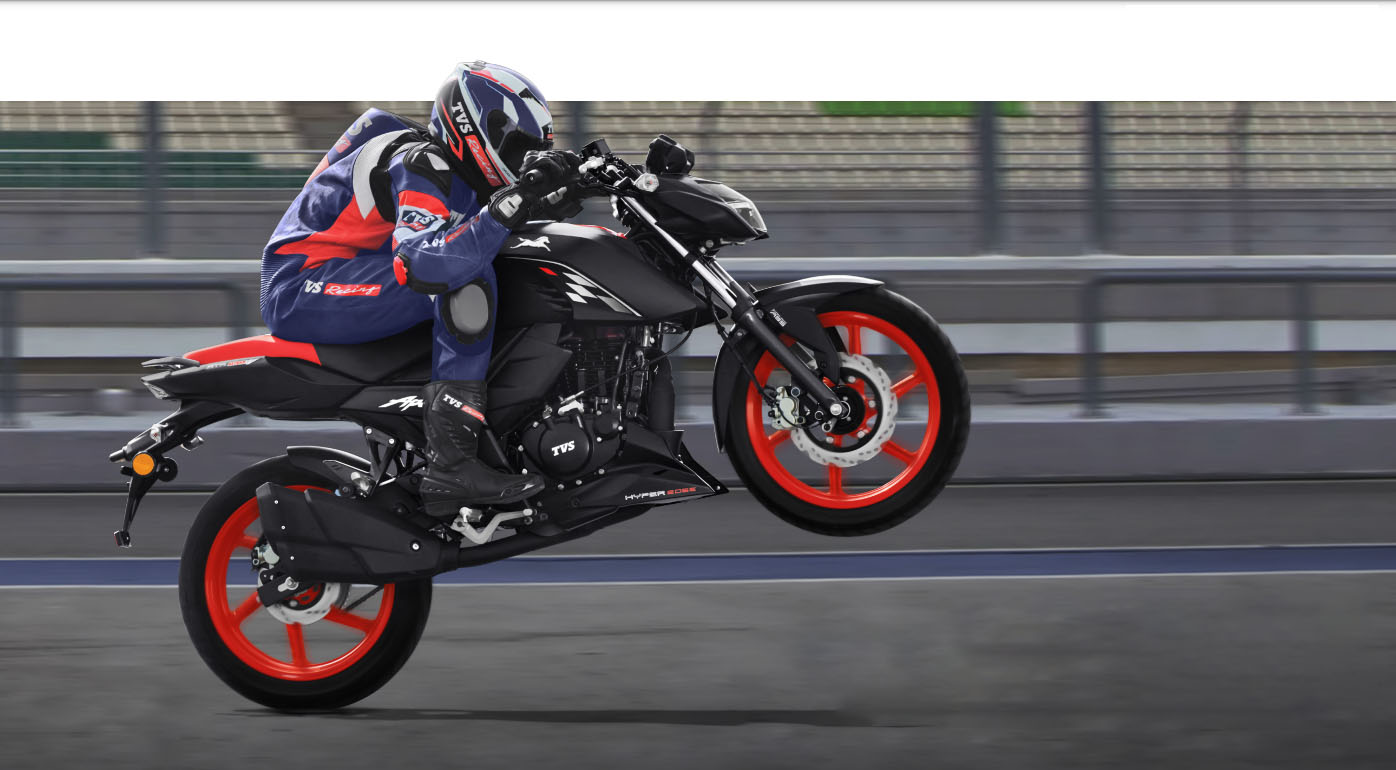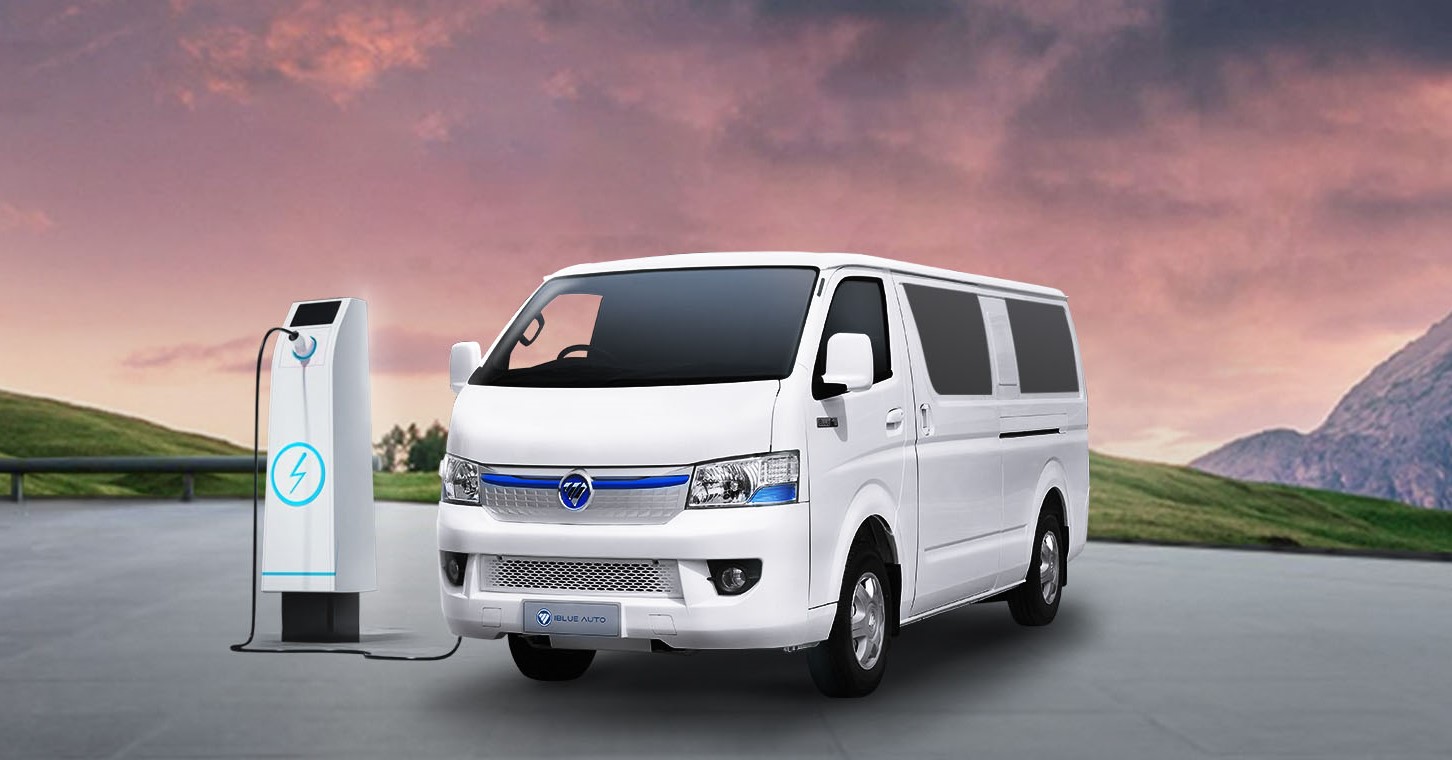Dr Arun Prasad is a highly experienced surgeon at Apollo Hospitals in New Delhi. He specializes in GI Bariatric and robotic surgery and has been practicing minimal access surgery for over three decades, with the last 12 years focused on robotic surgery. He is well known for his first expertise in Advanced GI Laparoscopy, Thoracoscopy, Single-Incision Laparoscopy (SILS), Bariatric Endoscopy and Robotic Surgery in India.
Recently, he was invited as a guest speaker at the 3rd international conference of Nepalese Association of Surgical Gastroenterology (NASG) held at Malla Hotel to discuss and inform about new technologies and about new innovations in the field. Babita Shrestha from ApEx interviewed Dr Prasad about applicability of AI and robotics in surgeries.
How will robotic surgery benefit the surgeons of Nepal and people?
Right now, Nepal doesn’t do some complicated surgeries, so people have to go to other countries and a bunch come to India. Like, when I mention doing robotic bariatric surgery, I get a patient from Nepal every six months for these complex surgeries. So, if Nepal gets the robotic system, us Indian surgeons can help set it up and then they can do a bunch of those complex surgeries locally. Getting robotic surgery in Nepal is a win-win. It makes treatments more accessible, saves money and helps surgeons gain experience with complex surgeries. Sharing technology at events like these is like sharing knowledge and it’s high time for Nepalese surgeons to join the global trend of using robotics for the benefit of patients’ well being.
How does AI and 3D modeling enhance surgery outcomes?
Well, think of it like when you need kidney surgery, we use a CT scan to create a 3D model. I can do robotic surgery on that 3D model today and do the same surgery on you tomorrow. And if any mistake is made in the 3D model, I can avoid making errors later during surgeries. Surgery indeed has become super advanced. During surgery, I can even check CT scan images in real-time, which helps me do better. All the technology we have is meant to make surgeries better and easier for patients.
What’s more amazing is that AI technology stores all the surgical data, including the 5000 surgeries I’ve personally done. Surgeons worldwide can access a huge database of 5,000,000 surgeries. So, when a beginner is performing surgery, the computer can provide real time guidance based on its past knowledge. For example, if you’re making a doubtful incision, the computer might say, “From what I know about 1,000,000 surgeries, it’s better to cut 5mm away from there to prevent bleeding.” With AI, we can view scans, pictures and get advice on everything. If I need advice from experienced surgeons, I can connect with them virtually during the process. It’s like having a smart assistant throughout.
What advantages have you seen with robotic surgery’s instrument over traditional methods in your practice?
With robotic surgery, the instruments can move in all directions, even 360 degrees. There are special tools called ‘Staplers’ that are used to join intestines and with the help of AI, these staplers can accurately seal tissues, reducing the risk of bleeding. Unlike before, stitching is now very precise. This means even surgeons who weren’t doing complicated surgeries before can now perform them with the help of robotic guidance.
In what surgical areas do you find robotic techniques especially helpful?
Well, from the top to bottom, there’s surgery for the food pipe, heart, lungs, weight loss, stomach, intestine cancer, liver, kidney and gynecological cancer. It’s got a wide range of uses, especially in complicated surgeries that take more than three hours, which many doctors might be hesitant to do. With robotics, even those surgeries become doable. It’s not just about complexity; it also speeds up the process.
For instance, weight loss surgery that used to take two hours by laparoscopy now takes less than 1 hour with robotics and it’s safer. Also, surgeons usually get more cautious when it comes to chest surgeries because of important blood vessels, heart and lungs. But with robots, procedures have gotten a lot easier because everything is super precise and clear with high-definition 3D vision. It’s like doing surgery without causing harm to the patient.
How has your experience been transitioning into robotic surgery?
Well, with laparoscopy, we used to make a small hole in the belly and use straight instruments that we controlled with our hands. They didn’t have much flexibility. It was just a straight movement. Now, with robotic surgery, the instruments can move 360 degrees. Besides, I’m already used to working on a screen and my previous experience with laparoscopy has definitely helped me transition smoothly into using the more advanced robotic instruments.
Where do you see robotic surgery heading in the future?
Robotic surgery won’t replace regular surgery but will be an extra tool, especially for complicated surgeries, making them extra safer. The priorities of countries will not change in terms of vaccination, safe drinking water and avoiding infection. However, what I am saying is few centers should have rational and effective utilization of robotic technology for the well being of the population.
.png)
.png) 2 months ago
80
2 months ago
80








 English (US) ·
English (US) ·